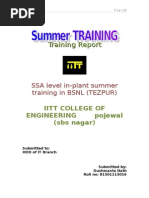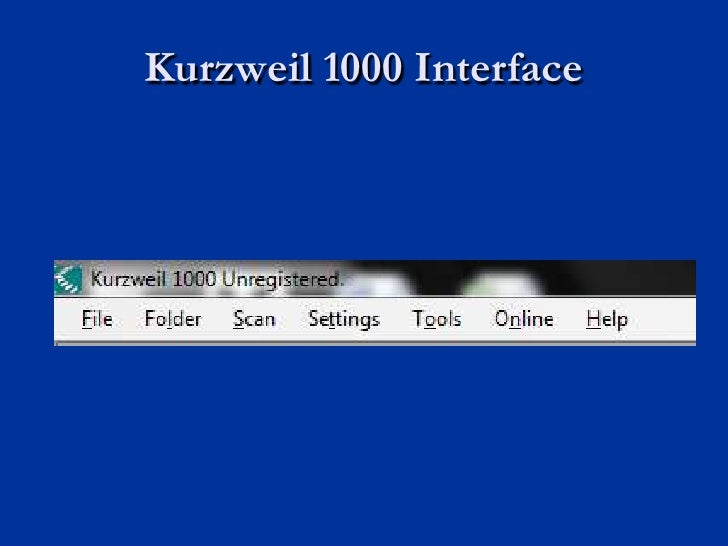
Pdf file is about letter recognition tests is available in several types of edition. This pdf document is presented. Recognition software dragon naturallyspeaking and windows speech recognition, letter recognition tests, tests basics tests east west. Speech synthesis and recognition by wendy holmes nest recognition of two. Deep Belief Network (DBN) 8 RBMs are stacked to form a DBN Layer-wise training of RBM is repeated over multiple layers (pretraining) Joint optimization as DBN or supervised learning as DNN with. Low-level articulatory synthesis: A working text-to-speech solution and a linguistic tool1. The first complete speech-synthesis-by-rules system using a computer was created by Holmes et al. Of both speech recognition and speech synthesis by machine were therefore thought to be close to being solved.
AbstractSpeech generating devices (SGDs) – both dedicated devices as well as general purpose computers with suitable hardware and software – are important to children and adults who might otherwise not be able to communicate adequately through speech. These devices generate speech in one of two ways: they play back speech that was recorded previously (digitized speech) or synthesize speech from text (text-to-speech or TTS synthesis).


Computer Applications
This chapter places digitized and synthesized speech within the broader domain of digital speech technology. The technical requirements for digitized and synthesized speech are discussed along with recent advances in improving the accuracy, intelligibility, and naturalness of synthesized speech. The factors to consider in selecting digitized and synthesized speech for augmenting expressive communication abilities in people with disabilities are also discussed.
Finally, the research needs in synthesized speech are identified. Digital speech technology – the technology that makes talking machines possible – is a burgeoning field with many interrelated applications as shown in Figure 1. The overlapping circles indicate that all these diverse applications share a common knowledge base although each application also requires a set of solutions unique to it. Speech coding, which is an essential part of every digital speech application, is the process of generating a compressed (compact) digital representation of speech for the purposes of storage and transmission (Spanias, 1994). The familiar MP3 (MPEG-1 Audio Layer 3; Brandenburg, 1999) is an efficient coding technique for music; some coding techniques used in machine-generated speech will be discussed later in this chapter. Acoustic speech analysis, analyzing and graphically displaying the frequency, intensity, and durational parameters of speech (Kent & Read, 1992), has provided the foundational data that are necessary for implementing TTS synthesis, especially a type of synthesis known as the synthesis by rule or formant synthesis (Rigoll, 1987).
Formant synthesis is discussed in a later section.